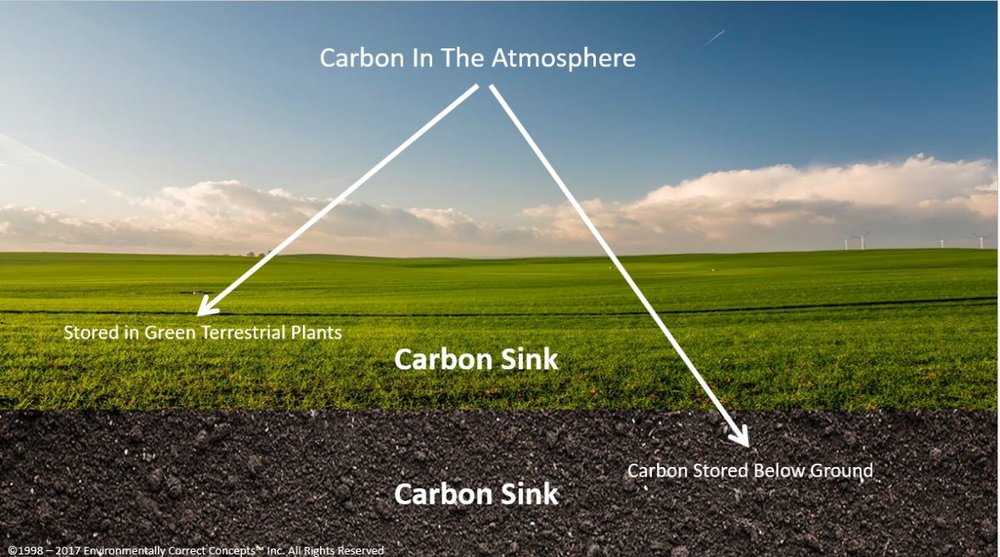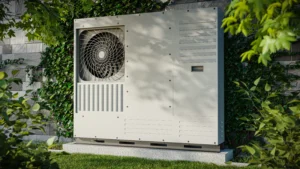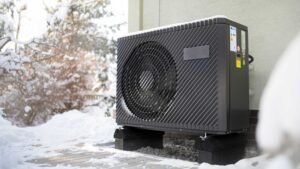It’s a cold winter’s night, and the comforting warmth emanating from our heaters keeps us snug. But while many of us may not give it a second thought, the heat we often take for granted has a much larger, more profound impact on our planet. Did you know that heating is one of the most significant contributors to the global emission of the greenhouse gas CO2?
The Heating-CO2 Connection
Many conventional heating systems, be it for residential or commercial spaces, rely on the combustion of fossil fuels. Whether it’s natural gas, oil, or coal, burning these fuels releases carbon dioxide (CO2) into the atmosphere. In many parts of the world, heating is essential, especially during harsh winters. This results in the release of vast amounts of CO2 annually, making heating a top emitter.
A Global Perspective
Given the vast swathes of the Northern Hemisphere that experience cold temperatures, it’s no surprise that heating dominates energy consumption in these regions. In countries with developed economies, residential and commercial heating can account for a significant portion of national energy use, often overshadowing sectors like transportation in terms of CO2 emissions.
The Climate Change Repercussion
With heating playing such a pivotal role in CO2 emissions, its connection to climate change is undeniable. As we know, CO2 is a potent greenhouse gas. Once released, it traps heat within our planet’s atmosphere, leading to global temperature rises, melting ice caps, rising sea levels, and a cascade of other environmental disruptions.
Pioneering a Change
Tackling this heating-induced CO2 dilemma requires innovative solutions. Here are some ways we can mitigate the issue:
- Switching to Renewable Energy Sources: Solar and wind energy, when harnessed efficiently, can power heating systems without the need for fossil fuels.
- Heat Pumps: These devices are more efficient than traditional heating systems and can function without combustion, making them a cleaner alternative.
- Improved Insulation: By improving insulation in buildings, we can reduce the amount of energy needed for heating, thus reducing CO2 emissions.
- Promoting Energy Efficiency: Governments and institutions can incentivize energy-efficient heating solutions, guiding consumers toward greener choices.
- Raising Awareness: Most people are unaware of the connection between heating and CO2 emissions. Public awareness campaigns can help bridge this knowledge gap.
Conclusion
As we stand at the crossroads of an environmental crisis, it’s essential to evaluate all aspects of our carbon footprint, including those that may seem innocuous, like heating. By understanding the impact of our current heating systems and actively seeking out greener alternatives, we can pave the way for a more sustainable and climate-friendly future. Every degree of warmth we enjoy should not come at the planet’s expense. www.heatpump101.com






